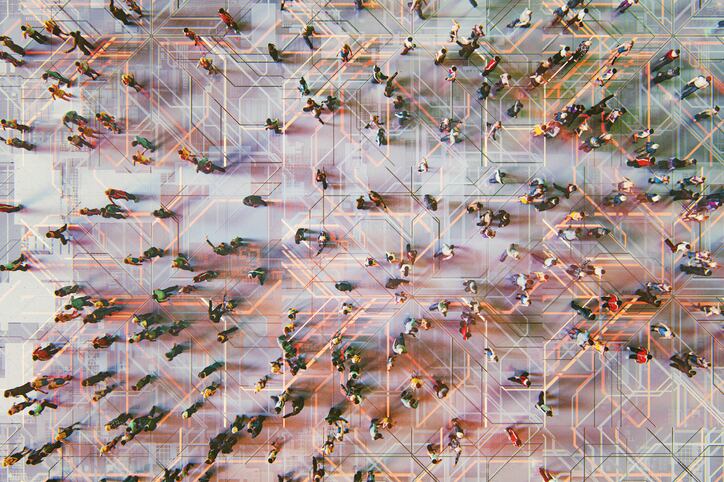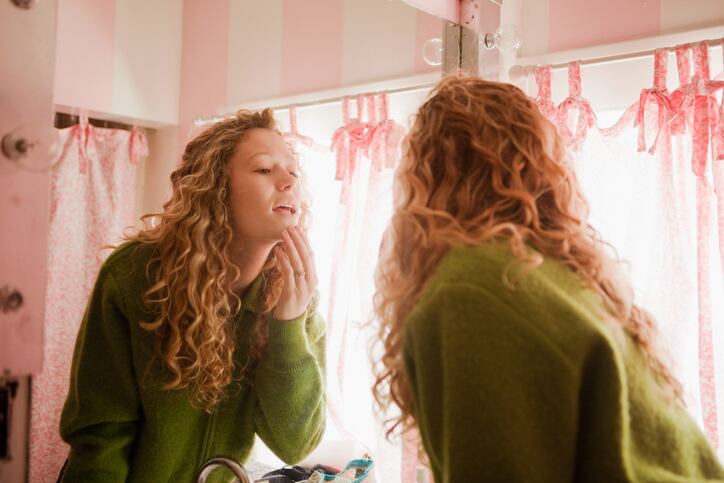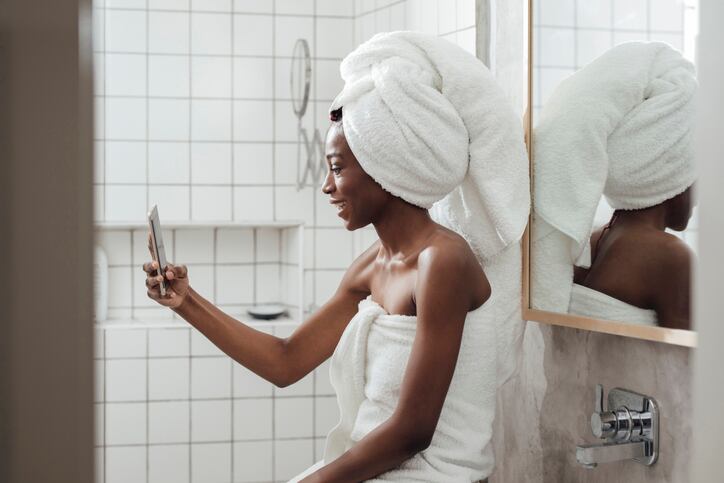Beauty 4.0 was listed as one of CosmeticsDesign-Europe’s top five beauty trends to watch in 2021, and the year certainly saw plenty take place. International beauty major L’Oréal unveiled several beauty tech launches worldwide, including its fragrance disclosure model and its AI personalised lipstick device Perso under Yves Saint Laurent. Many other big brands, startups and retailers also advanced fast in the field.
So, as the beauty industry edged deeper into 2022, with continued advances in Artificial Intelligence (AI) concepts, Augmented Reality (AR) tools, and smart skin care and hair care devices, where was the market headed now? And what were some of the key opportunities on the horizon?
Tackling the ‘big data challenge’ is the biggest opportunity
Lex Bradshaw-Zanger, chief marketing officer at L’Oréal UK and Ireland, said whilst plenty could still be achieved in tools, apps and devices, the real tech opportunity today was in mining data, particularly with the view to driving better business and smarter offerings.
“The biggest opportunity is probably not the sexiest, but it’s what I’m talking about – managing complexity. This is where technology and data need to help us,” Bradshaw-Zanger told CosmeticsDesign-Europe.
This was relevant in today’s beauty market, he said, because of how “increasingly complex” daily lives had become – externally for consumers and internally for beauty brands – with more and more digital touchpoints and choices everywhere.
Tackling this “big data challenge” for both parties and simplifying understanding of very complex data sets and insight, therefore, was a critical opportunity for beauty tech innovation, he said. “The notion of curation, of augmenting intelligence and managing complexity, is probably the biggest one.”
Curation for consumers – Modiface and TikTok shopping
Bradshaw-Zanger said L’Oréal was actively invested advancing technologies to create “better experiences” online and offline for consumers, for example.
L’Oréal’s Modiface was one strong example as it used Augmented Reality (AR) to offer virtual try-ons at-home or in-store across hundreds of cosmetics in various colours or shades, simplifying the shopping process and eliminating the need for testers, he said. The company also recently partnered with TikTok to offer shopping via the platform, advancing its presence in social commerce – “a really exciting space” for beauty, Bradshaw-Zanger said.
Importantly, all these offerings were about taking data, taking complexity, analysing it and serving up a service or product relevant to individual consumer needs, he said. Though doing so was not without its challenges, he added.
The challenge in beauty tech for consumers, he said, would be the “speed of change” that tools and services became available to consumers. “At the end of the day, we can talk a lot about data, but everything is about people: the way they use it, understand it, and integrate it into their lives. And the speed of change is so fast, and as humans we don’t want to change so quickly.”
‘Augmented intelligence’ to track supply chains, improve digital footprints
Beauty tech, Bradshaw-Zanger said, could also be used to provide “augmented intelligence” throughout all parts of a company’s supply chain.
“We need to support our marketers in terms of how they understand what’s going on, but there [are] a lot of opportunities in what we’re calling ‘data tech’ – in research and innovation upstream and process and logistics downstream.”
For L’Oréal, he said implementing data technology was about helping drive “inclusivity, diversity and transparency” inside and outside of the business.
Beyond this, Bradshaw-Zanger said a very new area L’Oréal UK & Ireland was looking to use tech innovation in was to improve the company’s digital footprint.
L’Oréal UK & Ireland, he said, wanted to better understand the energy used across its digital activities, from sending emails through to displaying advertising. “When you think about the digital supply chain around that, it’s consuming energy and resources in the same way we’re looking at [physical] supply chains.”
“…In my past life, I worked for Facebook or Meta, and I know about creating sustainable data centres, so all that work comes into play from a technology footprint point of view. That’s something we’re actively looking at. That’s a new space for industry overall,” he said.




